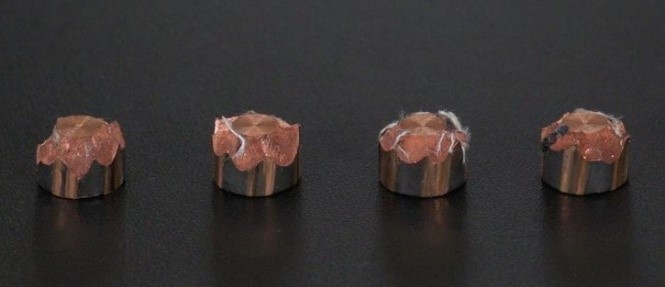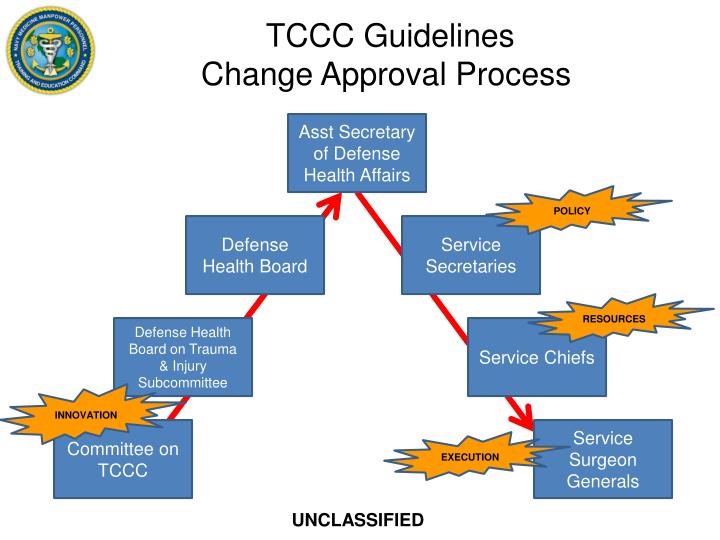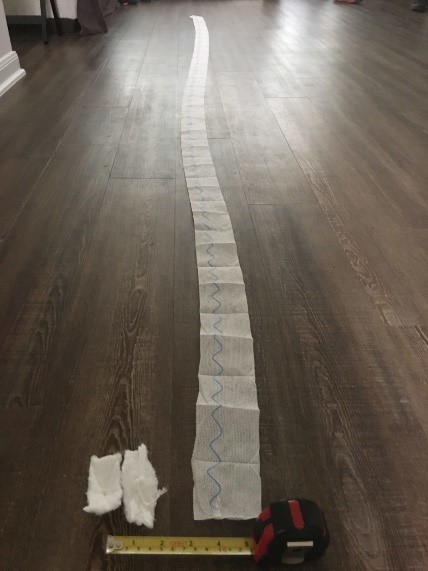
It’s a word that’s used frequently along with phrases such as ‘Good enough’, ‘budget’, and ‘for the money’. In the industry of firearms, life saving medical supplies, protective equipment and personal security, however, we must come to understand what value truly is.
Is a fifteen-dollar tourniquet just as valuable as it’s thirty-dollar counterparts? Is it worth purchasing gauze infused with hemostatic agents, as opposed to simply tossing some tampons in your bag because they were cheap? What about that gun you got on a deep discount, that you can’t seem to find time to take to the range but carry anyways?
With products such as these on your shopping list, the dollar amount should not be the sole deciding factor on which you buy, nor should you purchase them on the recommendation of one person alone. When it come to bullets and bandages, there’s more research to be done than what most consumers are pursuing. Take the venerable tourniquet for example, I believe that most of us can agree that owning them is almost a requirement around firearms. But which should be chosen? There are CAT tourniquets being sold on eBay right now for less than half of MSRP, SWAT-T Wides, the RATs tourniquet whose MSRP is so low they may never face counterfeiting, due to the low cost of purchase. But which to buy, and where should one find that information? How should you be critical of the value versus the cost of these items?
Many medical products and firearms components have specific testing protocols and certifications to pass as well, and these can be a great indication of a quality product, but buyer beware when these ‘certifications’ are something that is simply a paid stamp of approval. TCCC certification is something that is a great indicator of a quality medical product, as it is a Department of Defense funded testing standard for combat casualty care. Fake or misleading product certifications are rampant in imported or cheap domestically produced equipment, always research what the industry standard is for yourself and compare the product you are purchasing to that standard.

In addition to false or misleading certifications, you must always be wary of urban legends of product effectiveness, such as using tampons as I referenced earlier. The origin of this myth is the product Cellucotton, which was originally developed and produced in bandages and dressings, and later repurpose by Kotex to be used in feminine hygiene products. They hold a mere 9ml of blood, with 4 inches square of material, and are woefully inappropriate for insertion into any hole that was not there when you were born. In comparison, the industry standard for dressings is a Z-folded gauze strip, impregnated with hemostatic agents, which has over 400 square inches of surface area, holds 90ml of blood, and works not only to soak up blood but actively clot the blood where it is leaking.

Bandages are not the only product that has fallen to misleading claims of effectiveness, handgun and shotgun ammunition has also recently been sold as being much more effective than it actually is. The G2 RIP projectile was sensationalized on released, claiming 6” of expansion and 17” of penetration in the 9mm variant. Not only this, but at nearly $2.50 per round it is one of the most expensive 9mm rounds on the market. Unsurprisingly, the ammunition did not stand up to the claims of effectiveness when tested by independent reviewers, achieving a mere 4.5” of expansion, 12” of penetration (less than FBI specified minimum) while not expanding through clothing and proving to be unreliable in semiautomatic handguns. The shotgun ammunition was so poorly manufactured they often did not travel more than a few feet after leaving the barrel, and were discontinued. This poor quality of ammunition has not been adopted by any law enforcement or government entity and is grossly less effective than quality JHP rounds produced by reputable manufacturers at a fraction of the cost.

In short, it is critical to do independent research of products that you will stake your life on. This sounds simplistic, but the fact that these products and myths still pervade the preparedness community proves that we all can stand to take a closer look at what we buy and why we buy it. Look at products from reputable manufacturers, that are used in real life by the people who need them, and get training from a reputable instructor on how to use them. At the end of the day, our culture revolves around saving lives, and we should reflect that in everything we do.
Guest Writer:
James Boone